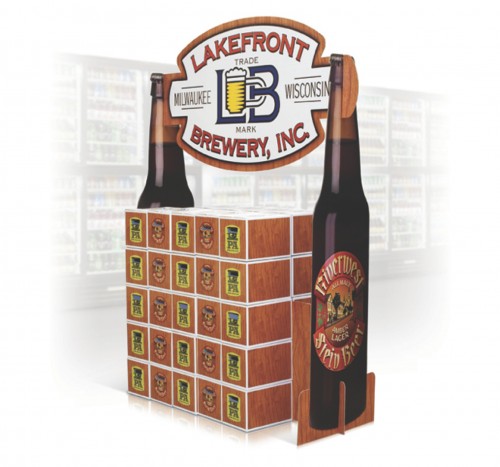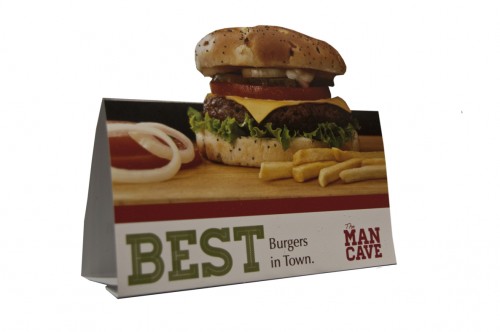Layout also involves adding the aforementioned registration marks after jobs have been ganged, so the cutting table’s vision registration system can analyze any distortions or misaligned sheets on the flatbed. Some of today’s layout tools will automatically add a ‘bleed’ to the end of a piece, which also helps prevent leaving unsightly blank spaces if a cut is slightly off. The operator, meanwhile, can use layout tools to modify or add cutting paths, grommet holes and other special marks to assist in finishing.
Another useful function at the layout stage is including a bar code on the file. This way, when the PDF file is sent to the RIP and the corresponding cutting file is sent simultaneously to the digital finishing table, the cutter can identify each job and access the right instructions.
In all of these ways, workflow automation at the pre-press stage has become increasingly important to ensuring consistency of output, efficiency of labour and speed of processing. As numbers of files increase and customers require quick turnaround, automation can take care of repetitive tasks and eliminate bottlenecks. No matter how experienced a pre-press operator is, after all, manual work is always going to be error-prone.
Fulfilling the promise
Wide-format digital printing has certainly been a boon for the sign and display industry, but that does not mean simply purchasing a printer will lead to profitability and long-term business success. Even as digital print quality has improved by leaps and bounds, it has not been well-served by manual workflows and finishing methods that increase the risk of error and, in some cases, limit quality. Indeed, the lack of appropriate workflow and finishing systems can hinder a sign shop’s growth through bottlenecks in production.
With automated workflow at the pre-press stage and through digital finishing, sign shops can improve speed and quality, but also unleash their designers’ creativity and handle projects with higher profit margins, adding value that cannot be achieved through printing alone.
Steve Bennett is vice-president (VP) of Esko’s digital finishing business, which supplies software and hardware for the sign and display industries. For more information, visit www.esko.com.







